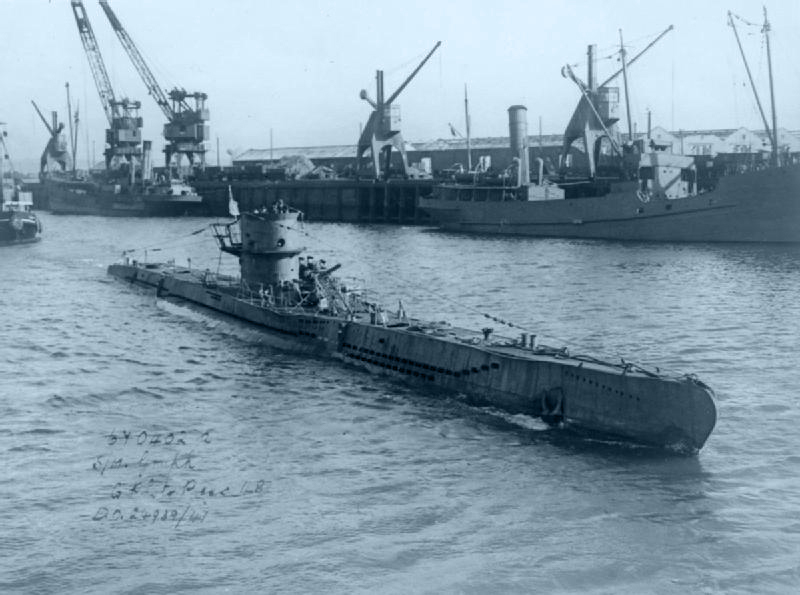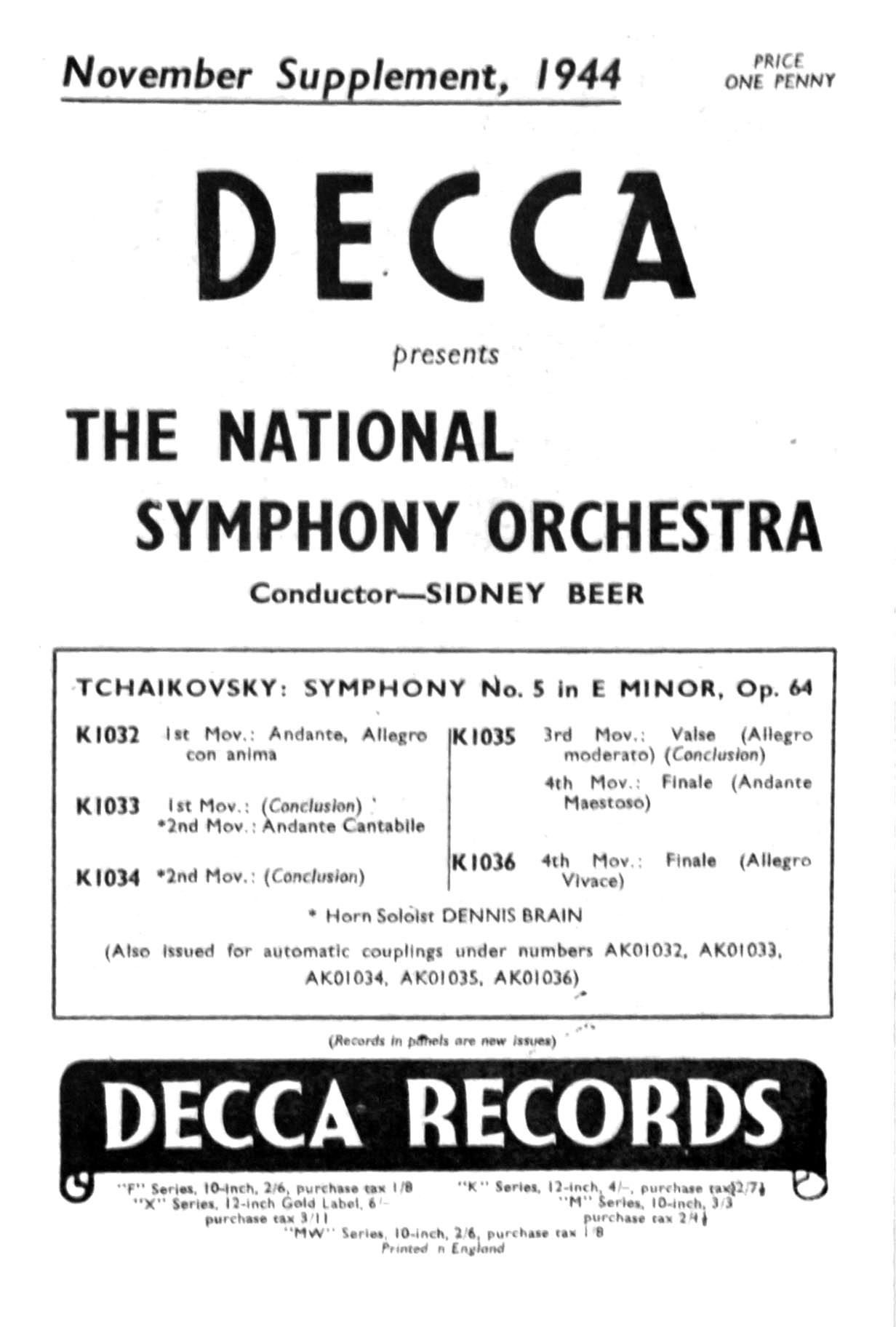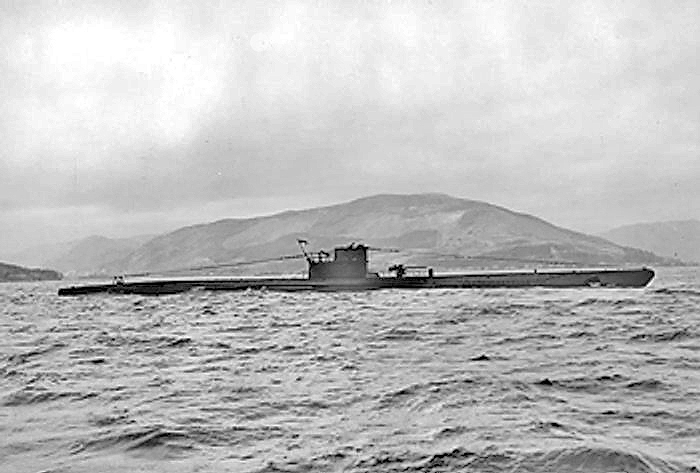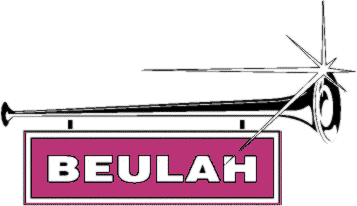|
The First World War witnessed the consequences of
the new and potent means of warfare at sea – the submarine. The German
U-boat, as it was termed, became a grave and serious threat that
inflicted considerable losses on Allied shipping. This led to
significant changes in naval tactics and strenuous research efforts in
the development of hydrophones and increasing the capability of
underwater sound detection during and after the war.
The German U-boat threat returned with a vengeance
in the Second World War and became an intractable problem with the
grievous loss of life, materials and ships in the convoys. It was the
combination of two separate events that not only enabled the Allies to
eventually overcome and defeat the U-boats, but also contributed to the
development of recorded high fidelity sound and the commercial post war
success of the Decca Record Company.
The first occurred in May 1941, when Professor
Blackett, head of the Admiralty's Anti-Submarine Warfare Committee
presented a research proposal to develop an air-launched expendable
sonobuoy for use by Coastal Command to locate and destroy submarines.
He envisaged a small self-contained unit combining a hydrophone, radio
transmitter, battery pack and small parachute fitted into an expendable
buoy that would function for several hours before sinking. Blackett was
concerned about the limited availability of resources and suggested
that the Americans may be able to assist.1
The proposal was passed to Dr Pye at the Ministry
of Aircraft Production who recognised the potential and also agreed
with Blackett’s concern about the limitation on resources to undertake
the research, test and manufacture of the sonobuoy. He wrote to Dr
Darwin, Director of the Central Scientific Office in Washington DC, to
advise him of the idea and enquire if American help would be available.
It transpired that the Americans were already working on a similar
project with sonobuoys deployed from ships to act as ‘gatekeepers’ for
convoys.2
The
trials had limited success and the project was eventually stopped
because of other more pressing priorities. However, the airborne option
was taken up and the first successful test took place in March 1942.3
The operational sonobuoy was cylinder shaped,
approximately 3 feet in length and 5 inches in diameter. The top housed
the parachute and VHF radio transmitter, with the hydrophone deployed
from the bottom on a wire approximately 20 foot long. The casing was a
thick paper tube covered in resin. The transmitting range was
approximately 5 miles. Later models had metal casing, some with extra
battery packs, and were designed to be recoverable. The first sonobuoy
model, AN/CRT-1 and the accompanying radio receivers went into
full-scale production and entered active service in 1942/43.
This joint effort between Britain and the United
States provided a significant and effective step forward in
antisubmarine warfare. Sonobuoys were dropped, usually five at a time
with each tuned to a different radio frequency, in a pattern to enable
aircrews to listen and locate a submarine more accurately before
attacking.4
The Columbia University Division of War Research,
based at
the US Navy Underwater Sound Laboratory produced a series of training
gramophone records with various submarine sounds recorded from
sonobuoys. These sets became a part of Coastal Command’s training
syllabus. 5
The second event was the capture
of U-570, a type
VIIC submarine, on 27
August 1941, south of Iceland in the North Atlantic. While on her first
operational patrol a Coastal Command Hudson from 269 Squadron operating
from Kaldadarnes in Iceland surprised the U-Boat on the surface in bad
weather and dropped depth charges forcing the crew out onto the casing
to surrender.
|
The vessel sustained damage during her
capture and
was
towed to Iceland for repairs. She was subsequently sailed to
Barrow-in-Furness by a British crew with a naval escort. The Admiralty
took the golden opportunity to forensically examine the newly completed
vessel (April 1941) by testing and measuring every aspect of its
construction, equipment and performance.6
|

U570 in Barrow-in-Furness
Royal Navy official photographer -
photograph
FL 951 from the Imperial War Museum. |
After additional repairs she was renamed HMS Graph
and underwent further extensive analysis of her seagoing performance
and equipment. This included sound trials at sea and at the Admiralty
Research Laboratory's acoustic range in Loch Goil, a small sea loch on
the Cowal peninsula in Argyll and Bute, Scotland. During extensive
comparative tests, that included another submarine HMS Sturgeon, it was
discovered that the sound profile of the German vessel had a
distinctively higher frequency range.7
Although higher frequencies could be broadcast and
measured they could
not be reproduced. The bandwidth of sound on gramophone records was
typically 50-4000Hz, while the nominal range of human hearing is
20-20,000Hz. The means of reproduction was also rudimentary, hence
78rpm shellac records sound compressed, particularly the higher
frequencies.
One of the key difficulties was that cutting heads
tended to modulate at around 4000Hz which prevented a wider bandwidth
being transferred to disc.8 Arthur
Haddy, Decca’s chief recording
engineer, was based at the Company’s Broadhurst Gardens studios in West
Hampstead and had been working for sometime on the means of increasing
recorded bandwidth. Using the nearby laboratory of Haynes Radio,9
he had experimented with a moving-coil rather than moving-iron cutting
head and by 1939 had successfully increased the upper range to around
7500Hz.10
By 1939, the Decca Company had been established
for ten years and had just emerged from a difficult financial period
and was now on a firmer footing. The company was not on the initial
list of official government contractors but had come to the attention
of the Admiralty through their proposal for an accurate navigational
system, subsequently code-named QM and successfully deployed as part of
Operation Neptune on D-Day.11
Coastal Command needed recordings up to 12,000Hz
for training crews to accurately interpret and identify what they were
hearing from sonobuoy transmissions and crucially the difference
between British and German vessels. Their request presented Decca with
a significant challenge and as Haddy explained: "We went all out with
high fidelity in a way that would have taken years in peacetime." 12
Haddy was also aware that part of the issue was
‘friendly fire’. Coastal Command crews worked in challenging and noisy
conditions that presented significant difficulties in listening to
sounds transmitted from sonobuoys and accurately identifying the
source.
With a small team of assistants Haddy set about
tackling the challenge. He eventually developed a cutting head that
increased the frequency range, so enabling the full frequency range of
sound from German U-Boats to be recorded.13
At Loch Goil further tests and recordings took
place involving HMS Graph and HMS Satyr.14 Haddy
noted that:
"A German submarine sounded quite different from an English submarine.
There was no mistaking it once you knew what to listen for. But the
tell tale difference was a very high frequency sound. [..] We had to
build a disc cutter that would handle the full range of human hearing.
We built one that would go up to around 16kHz. Then we recorded the
propeller noise of a captured German sub. Also the noise of a British
sub. On headphones you could clearly hear the difference." 15
Records were subsequently produced and distributed
to Coastal Command for training purposes. The potential for recorded
music was soon realised and the new process was coined Full Frequency
Range Recording (ffrr). Francis Attwood, the Company's advertising
manager, came up with the idea of ffrr emerging from an ear – the birth
of the famous logo.16
The first music recording using the new process
was
made at the Kingsway Hall in London during May 1944, heralding a new
era in recorded sound. Sidney Beer conducted the National Symphony
Orchestra in a performance of Tchaikovsky’s Symphony No.5 in E minor,
Op.64.17
|
Haddy recalled that the first recording was
rejected and had to be re-recorded. The waxes were sent from the studio
to the pressing plant at New Malden on 6 June 1944.18
The recording was released in November 1944
without fanfare although the December 1944 edition of the Gramophone
carried a full page advert. In this edition the reviewer JPP noted that
it was 'technically, a very satisfactory recording’.19
The
official announcement for ffrr was not made until June 1945, by which
time the Company had released numerous records using the new process.
|
 |
The records were soon followed in 1947 by the
Decola radiogram, designed by Harvey Schwarz, Decca’s chief radio
engineer, which would set a new standard in sound reproduction. It had
a lightweight pick-up and the first with an elliptical stylus.20
The post war success and reputation of the Decca
Company and ‘Decca Sound’ was entirely attributable to countermeasures
developed during the U-boat war.
|
HMS Graph (U570) provided a very significant
contribution to the anti-submarine war effort and after the various
trials and tests she was deployed on active service. However,
maintenance issues and a lack of spare parts led to her being
decommissioned and eventually earmarked for scrapping.
|

HMS Graph in the Clyde. IWM collection (A16040) |
In March 1944
whilst being towed from Chatham to the Clyde she foundered on rocks at
Coul Point on the west coast of Islay and was abandoned.
The sonobuoy proved to be an effective means of
countering and overcoming the U-boat threat and helped to decisively
shift the balance of power in the Allies’ favour. It was subsequently
developed into a more sophisticated and technically capable device and
an effective countermeasure in anti-submarine warfare, particularly
during the Cold War era.
By the end of the war the Admiralty had
established an extensive library of gramophone records with underwater
recordings of every conceivable mechanical and animal noise in varying
water temperatures and depth. It would seem that none of the records
produced during the war have survived, only tantalising references in
some of the surviving documentation. However, the Royal Navy Submarine
Museum at Gosport has a collection of post war gramophone records
covering many aspects of underwater sound.
The gramophone record provided the vital link
between technical innovation and a chance encounter at sea. War often
provides the catalyst and impetus for innovation and technological
development. This was certainly true in the case of the Decca Record
Company whose significant contribution in the development of recorded
sound was the legacy of a prevailing military imperative.
Dr Tony Wakeford
Chairman
Friends of The
National Archives, Kew, London
Notes
- The National Archives, AVIA 42/22, outline
proposal dated 18 May 1941. This was enclosed with Pye’s letter dated
24 May 1941.
- Roger A. Holler ‘The evolution of the sonobuoy
from World War II to the Cold War’, in U.S. Navy Journal of Underwater
Acoustics, January 2014, pp.322-346..
- The National Archives, AVIA 42/22, a contract
with the RCA Manufacturing Company, Camden, New Jersey, was
subsequently drawn up in October 1941.
- The National Archives, ADM 1/15194 and AIR
2/12711, the development of sonobuoys.
- The National Archives, AIR 15/584, the
gramophone record set identified as D 16 series.
- The National Archives, ADM 239/358, report on
U570 (HMS Graph).
- The National Archives, ADM 1/15192, a 54 day
programme of operational sea-going trials was undertaken beginning in
February 1942, including making sound recordings. A sound trials report
can be found in ADM 204/2215.
- British Library Sound Archive, C90/08/01.
Harvey Schwarz interviewed by Laurence Stapley, Oral History of
Recorded Sound Series, 1983. Schwarz was Decca’s chief radio engineer.
- British Library Sound Archive, C90/16/01,
Arthur Haddy interviewed by Laurence Stapley, Oral History of Recorded
Sound Series, 1983.
- British Library Sound Archive, C90/21/01,
Kenneth
Wilkinson interviewed by Laurence Stapley, Oral History of Recorded
Sound Series, 1983. Wilkinson was a recording engineer who worked with
Haddy.
- The National Archives, ADM 1/15152, Decca
Navigational Aid. Reports and Trials.
- Mike Ashman, 2015, 'When Hi-Fi Came of Age' in
Gramophone, March 2015, p.20.
- British Library Sound Archive, C1403/1, ibid.
Haddy noted that the incidence of 'friendly fire' on British submarines
was eliminated as a result.
- The National Archives, ADM 253/478, High
frequency sound output from submarines.
- Barry Fox, ‘Hi-fi and the Second World War’ in
New Scientist, 3 November 1983, p.356. Barry Fox interviewed Arthur
Haddy about his experiences and contribution to recording sound at high
quality.
- Edward Lewis, 1956, No C.I.C., p.84.
- Decca 12 inch 78s, K1032-6 and auto-coupled
version AK1032-6.
- British Library Sound Archive, C1403/1 [Decca Classcial, 1929-2009 by Philip
Stuart, published in 2011, states this recording was made on 8
June 1944 along with works by Grieg, Debussy and Delius. The second
movement had been recorded experimentally on 12 May 1944]
- Gramophone, December 1944, pp.i and 81-82
- British Library Sound Archive, C90/08/01, ibid.
Around 5000 were sold, retailing between £200 and £500, depending upon
the model. The full potential of ffrr would become fully apparent when
the first vinyl long-playing records were introduced in June 1950.
This is an edited version of the article that
appears in
Magna, the Friends’ magazine, and is reproduced with the kind
permission of the trustees.
ffrr at 75
On 8 June 1945 Decca released their full
frequency
range recordings to the record buying public. It was exactly a year
since Decca started recording in ffrr
and during that year they engaged Sidney Beer's National
Symphony Orchestra to make recordings in ffrr.
To mark the 75th anniversary of the advent of ffrr we are releasing four albums
by the National Symphony Orchestra during March and April.
Read
Brian Wilson's article.
|
